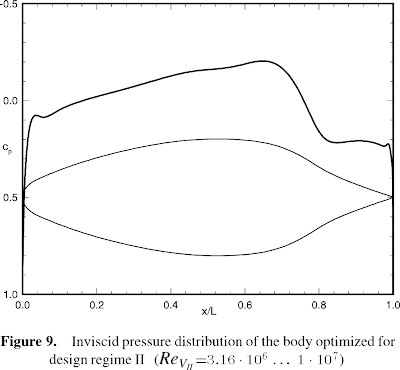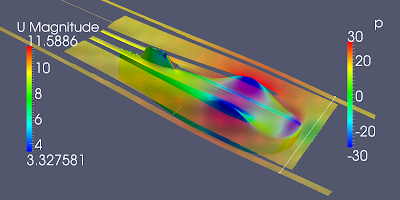1 Join
the mesh objects.
Conceptually, this command gets all the triangles
into one bag, but it doesn't glue the edges together. (The situation is
similar to having surfaces that all fit together but have not been joined
into a solid.)
2) Weld
the new mesh object.
3) At
the Angle tolerance prompt type
180.
An angle tolerance of 180 tells the Weld
command to glue adjacent triangle points together no matter what.
4) UnifyMeshNormals.
This changes all the triangles so they
are oriented the same way, that is, if two triangles share an edge, then
they have the same idea of up.
It could be that using a watertight stl improves the mesh quality but I found some holes at the bottom... (You have to click on the picture to enlarge or look at the slice) Rhino reported it changed the normals of a quite lot of cells...
It could be that using a watertight stl improves the mesh quality but I found some holes at the bottom... (You have to click on the picture to enlarge or look at the slice) Rhino reported it changed the normals of a quite lot of cells...
 |
| Looks like a perfect mesh: no bumps or holes |
 |
| The trailing edge is pretty sharp |
 |
| Oops holes ! |
 |
| A slice through the bumpy zone |




























